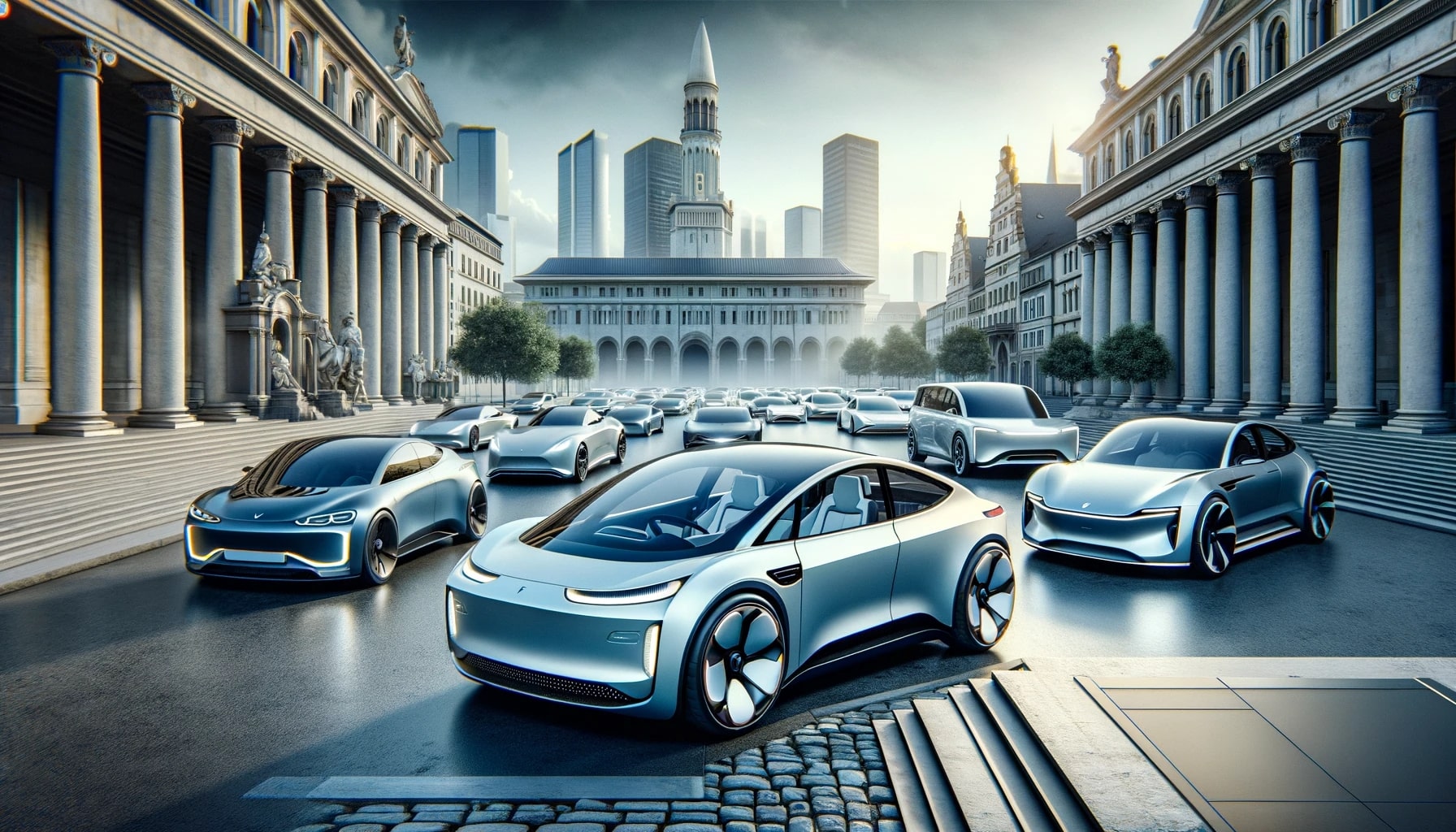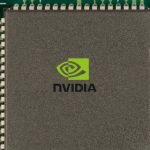In a gripping contest of endurance and efficiency, four electric pickup trucks embarked on a cross-country race spanning from Jacksonville Beach, Florida, to Dog Beach in San Diego, California. This race, hosted by the YouTube channels Out of Spec and Bearded Tesla Guy, featured the Tesla Cybertruck, Rivian R1T, Chevy Silverado EV, and Ford F-150 Lightning going head-to-head. Charging challenges and adherence to speed limits were crucial factors in this daring 2,362-mile journey, with the Silverado EV initially favored to win due to its superior range. Final results, closely contested, were streamed online for automotive enthusiasts and potential EV consumers to feast upon.
The electric vehicle market has been heating up with automakers pushing their innovation boundaries to meet the rising demand for sustainable transportation. Over the past years, there has been a significant shift towards electrification with emphasis on bridging the gap between the practicality of conventional vehicles and the eco-friendliness of electric ones. Companies like Tesla have led the charge but are now facing stiff competition from other brands like Rivian, Chevy, and Ford, each launching their versions of electric trucks aimed to conquer American roads. This race is a testament to the rigorous real-world tests these vehicles undergo to prove their mettle.
Charging Challenges and Competitive Edge
During the journey, multiple electric vehicles encountered charging difficulties, with some trucks even ceasing to operate mid-trip. The race’s rules stipulated adherence to speed limits and capped the maximum vehicle speed at 85 mph. Despite these restrictions, the Rivian R1T team was noted for pushing speed boundaries beyond what was permissible. These hurdles highlighted the current state of charging infrastructure and its impact on the viability of EVs for extensive travel.
Advantageous Supercharger Access
The race occurred before Rivian vehicles had official access to Tesla’s extensive Supercharger network, which gave the Tesla Cybertruck and the Ford F-150 Lightning a strategic advantage. Notwithstanding Tesla’s opening of its Supercharger network to other brands, the Cybertruck and F-150 Lightning benefitted from more stations and reliable charging, underscoring the importance of comprehensive charging networks in competitive EV use cases.
Engadget reported on the growing competition in the electric pickup market, emphasizing how legacy automakers and new entrants are ramping up their offerings. Their article “Electric pickup truck market heats up as traditional automakers go head-to-head with startups” details the strategies of various companies vying for market share. Similarly, The Verge covered advancements in charging networks in “The EV charging infrastructure in America is expanding rapidly,” highlighting the crucial role of accessible and reliable charging stations for the widespread adoption of electric vehicles. Both articles underscore the significance of these components in the adoption of EVs and the context in which the aforementioned race took place.
Implications for the Viewer
The electric pickup race not only provided entertainment but also presented valuable insights into the real-world capabilities of these vehicles. As the dust settles, viewers gain a clearer picture of each truck’s performance under grueling conditions. The tightly contested results demonstrate that the race for the most efficient and reliable electric pickup is still very much open, with each competitor bringing its strengths and weaknesses to the fore. This demonstration presents potential buyers with a more informed perspective on how each vehicle might handle extensive road trips, thus shaping future purchasing decisions.
- Electric pickups complete a challenging cross-country race.
- Charging infrastructure and speed rules influence the outcome.
- Tesla’s Supercharger access gives certain EVs a competitive edge.










